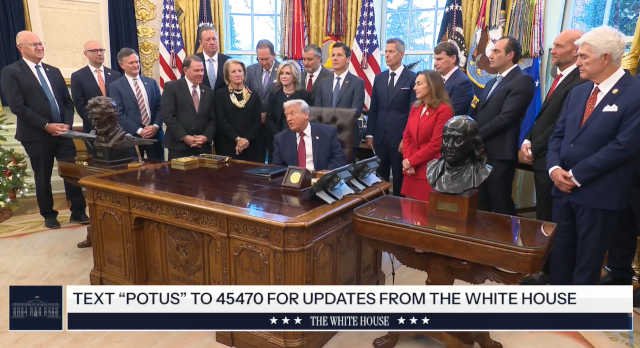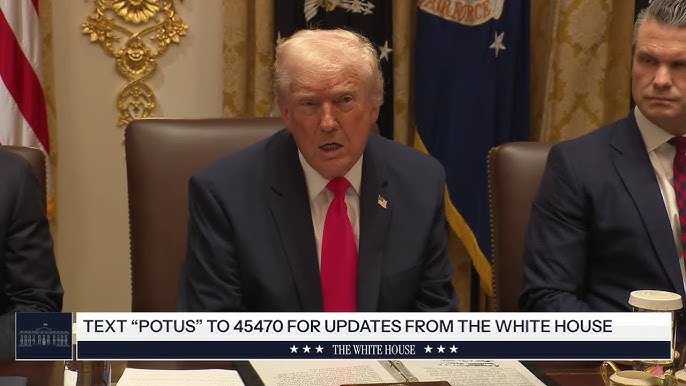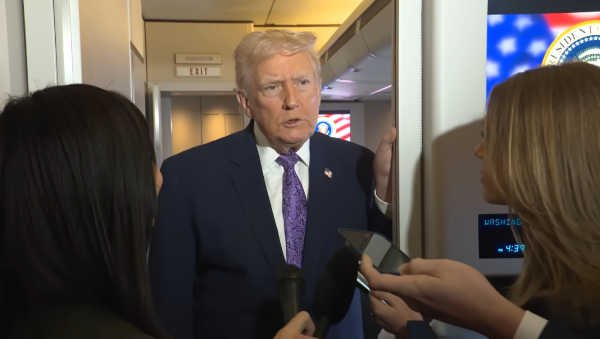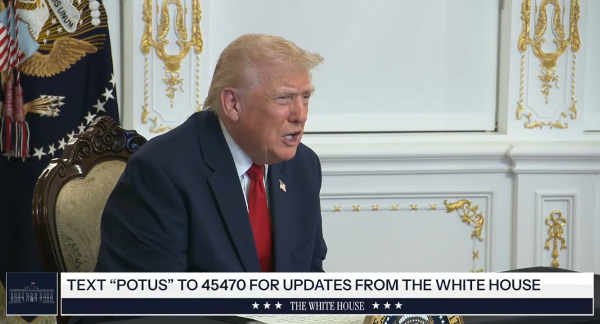Tag: Donald J. Trump
-
Insights from The New GOP: Survey Analysis of Americans Overall, Today’s Republican Coalition, and the Minorities of MAGA
Analysis of a comprehensive Manhattan Institute survey reveals troubling patterns within the Republican and Trump voter coalition. With 45% more likely to believe conspiracy theories when experts reject them, 51% believing the 2020 election was fraudulent, and significant majorities questioning the loyalty of minority Americans, the data suggests an epistemological break that fundamentally challenges democratic…
-

Fact-Check Analysis: Trump CAFE Standards Announcement
The announcement on December 3, 2025 contained a mix of accurate specific claims (Ford and Stellantis investments), significantly exaggerated claims (the $18 trillion investment figure), and inaccurate technical claims (the 62 mpg CAFE standard). The overall narrative that regulatory rollbacks alone will dramatically reduce car prices lacks support from automotive economists, who note that vehicle…
-
Costco v. U.S. Customs and Border Protection: A Legal Challenge to Presidential Tariff Authority
Costco has filed a major lawsuit challenging President Trump’s 2025 tariffs as unconstitutional and unauthorized by law. This detailed legal analysis explains how the case tests whether the International Emergency Economic Powers Act (IEEPA) gives presidents authority to impose tariffs, or whether that power belongs exclusively to Congress. With two federal courts already ruling these…
-

Trump Cabinet Meeting: December 2, 2025 – Complete Analysis
President Trump’s December 2, 2025 Cabinet meeting showcased sweeping policy achievements: $18 trillion in new investment commitments, dramatic prescription drug price reductions through Most Favored Nation policy, six months of zero illegal border crossings, transformative trade deals with the EU, UK, Japan and Korea, and controversial naval strikes against drug cartels. Cabinet members reported historic…
-

Fact-Check: Trump’s Major Claims from November 30, 2025 Air Force One Press Gaggle
Trump’s Air Force One press gaggle contained multiple false, exaggerated, or unsubstantiated claims across foreign policy, immigration, and healthcare topics. The most egregious included mathematically impossible drug pricing promises, wildly inflated Ukraine casualty figures, and debunked allegations about Representative Ilhan Omar. While some claims reflected real policy initiatives (such as “most favored nations” drug pricing),…
-

President Trump’s November 30, 2025 Air Force One Press Gaggle: Ukraine Peace Talks, Immigration Restrictions, and Cabinet Controversies
President Trump’s Air Force One press gaggle covered explosive ground: indefinite asylum suspension, plans for “de-naturalization” of criminals, confirmation of talks with Venezuela’s Maduro, Steve Witkoff’s upcoming Moscow trip for Ukraine peace negotiations, and defense of pardoning Honduras’s ex-president despite drug trafficking conviction. Trump also stood by calling Gov. Tim Walz “retarded” and offered to…
-

Critical Evaluation of Trump’s Drug Pricing Claims
President Trump’s November 29, 2025 post makes several factual claims about drug pricing policy that require careful examination against available evidence.
-
Leaked Call Reveals Trump Envoy Coordinating with Putin Advisor on Ukraine Peace Deal
A leaked transcript of an October 14, 2025 phone conversation between Steve Witkoff, President Trump’s Middle East envoy, and Yuri Ushakov, a senior foreign policy advisor to Russian President Vladimir Putin, reveals extraordinary behind-the-scenes coordination on Ukraine peace negotiations.
-
Analysis: Swalwell v. Pulte – Federal Housing Finance Agency Director Accused of Weaponizing Mortgage Records for Political Retaliation
This complaint presents serious allegations of constitutional and statutory violations arising from apparent political retaliation. The factual pattern—exclusive targeting of Trump critics following presidential directives, coordinated media leaks, and the firing of ethics officials—suggests systematic abuse rather than isolated error.
-

Fact-Checking Trump’s Thanksgiving Call to Service Members – November 27, 2025
Trump’s Thanksgiving call mixed accurate information about the tragic death of Sarah Beckstrom with multiple false, misleading, or unverifiable claims.
-

Trump’s Thanksgiving 2025 Video Call with Service Members: Full Analysis
President Trump’s Thanksgiving call with deployed troops took a somber turn as he announced National Guard member Sarah Beckstrom died from a terrorist attack the day before in Washington, D.C., blaming the Biden administration’s Afghan evacuation. Between military updates from six units across the hemisphere, Trump discussed Iran bombing raids, tariffs potentially eliminating income tax,…
-
Psychological Analysis: Thanksgiving Turkey Pardon Remarks (November 25, 2025)
This ceremonial address by President Trump demonstrates marked departure from traditional turkey pardon conventions through extensive policy digressions, personal attacks on political opponents, and reality-construction through hyperbolic claims. The speech exhibits characteristics common to authoritarian populist communication: binary us-versus-them framing, grandiose self-presentation contrasted with predecessor denigration, and fear-based messaging about crime and immigration.